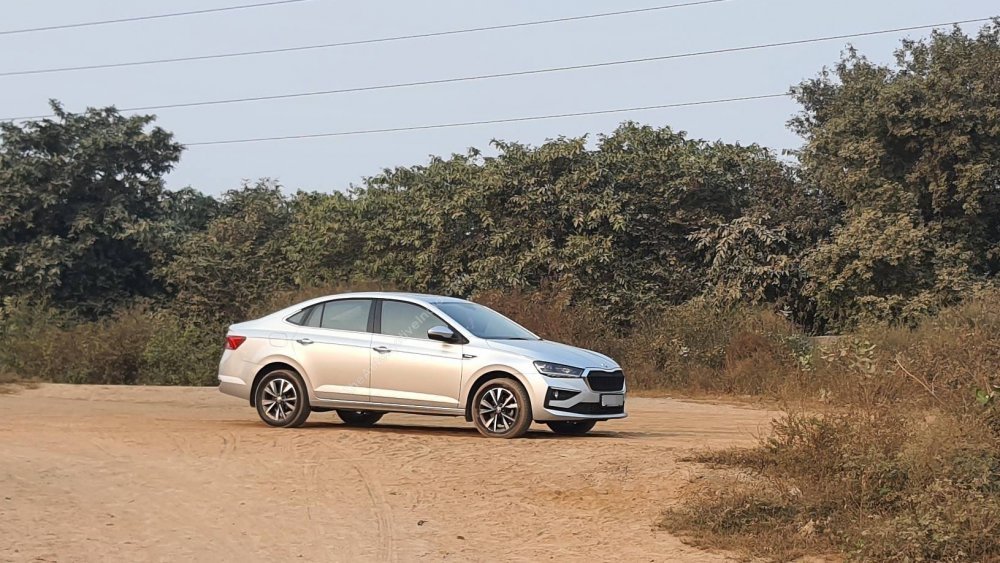Thread Starter
#1
Mathura is the birthplace of Lord Krishna and therefore holds a significant importance on the global map. Footfall in Mathura is growing multifold annually with a record-breaking figure of 9,00,81,788 visitors reported in 2024. I happen to be one amongst that ginormous number of travelers. Following is my unfiltered experience of the road trip to Mathura and Vrindavan to help the future travelers plan better and make the most out of their trip.
Those living in Delhi NCR can plan a same-day trip if you seek to visit just a few selected temples. However, to cover most of the main tourist attractions, I’d recommend to atleast stay overnight. My itinerary dedicated first day to Vrindavan and second day to Mathura. I methodically prepared the tour schedule to ensure that temple timings don’t overlap. It allowed me to visit many of the important attractions in one direction at a time. On a normal weekday, Vrindavan is a little over two-hour drive from Delhi if you leave early. The route via Yamuna Expressway is a driver’s delight. You may encounter some broken patches and narrow (but manageable) lanes after turning towards Vrindavan. The tolls plazas enroute are Jewar Toll and Mathura Toll, charges for which as of September 2024 are ₹125 and ₹160 respectively.
Do note that tourist private vehicles are not permitted to enter Vrindavan until afternoon to curb traffic mismanagement. The restrictions are greater during weekends and festivals. However, sufficient parking complexes and public transport are available to ease off the situation. Be very careful when driving within Vrindavan since it has congested alleys and large crowds of people heedlessly walk on the roads, especially near temple areas. A bunch of cows relaxing right in middle of the street are not an uncommon sight either. For the aforementioned reasons, I’d strictly advice against using your own vehicle for the local commute in Vrindavan. The travel distances aren’t situated too far locally and public transport is available aplenty.
As you’d have gathered, weekends and festivals (especially Holi and Janmashtami) are best avoided as a tourist. Make it a point to exclude peak Summers too. The Winter season (October – March) is considered to be ideal time to visit Vrindavan due to a pleasant weather. Because the city witnesses a large influx of tourist during this period, it results in an unreasonable hike in the hotel charges. From a personal perspective, I find the time after Janmashtami to be the most suitable, which is between August – September. During this period, the weather isn’t too hot, rush is moderate and the hotels are reasonably priced too.
I had booked the stay at MVT Vrindavan (operated by ISKON) mainly because of this property being situated in a prime location and having its own car parking facility. The hotel appears calm, scenic and (surprisingly) has loads of positive reviews online. Contrary to the claim, the standards of its rooms nowhere belong to a three-star hotel. Pillows and bedsheets were stinking, and some items in the room were either dirty or broken. Despite paying a premium, it felt like living in a far cheaper hotel room. The hotel area within the estate is also extremely restricted as the majority of the portion, including lawns, are out of bounds for the hotel guests and reserved for the private residents only. The car parking is located on a vacant gated plot next to MVT, which in itself is not at all maintained. It is cluttered with tall grass, stones and trash. Monkey menace is another concern as in rest of the Vrindavan. Thanks to monkeys, the car sustained several scratches and a chewed foglamp housing which I later realized. In short, I’d suggest to avoid MVT Vrindavan unless the hotel location alone is the prime criteria.
Those living in Delhi NCR can plan a same-day trip if you seek to visit just a few selected temples. However, to cover most of the main tourist attractions, I’d recommend to atleast stay overnight. My itinerary dedicated first day to Vrindavan and second day to Mathura. I methodically prepared the tour schedule to ensure that temple timings don’t overlap. It allowed me to visit many of the important attractions in one direction at a time. On a normal weekday, Vrindavan is a little over two-hour drive from Delhi if you leave early. The route via Yamuna Expressway is a driver’s delight. You may encounter some broken patches and narrow (but manageable) lanes after turning towards Vrindavan. The tolls plazas enroute are Jewar Toll and Mathura Toll, charges for which as of September 2024 are ₹125 and ₹160 respectively.
Do note that tourist private vehicles are not permitted to enter Vrindavan until afternoon to curb traffic mismanagement. The restrictions are greater during weekends and festivals. However, sufficient parking complexes and public transport are available to ease off the situation. Be very careful when driving within Vrindavan since it has congested alleys and large crowds of people heedlessly walk on the roads, especially near temple areas. A bunch of cows relaxing right in middle of the street are not an uncommon sight either. For the aforementioned reasons, I’d strictly advice against using your own vehicle for the local commute in Vrindavan. The travel distances aren’t situated too far locally and public transport is available aplenty.
As you’d have gathered, weekends and festivals (especially Holi and Janmashtami) are best avoided as a tourist. Make it a point to exclude peak Summers too. The Winter season (October – March) is considered to be ideal time to visit Vrindavan due to a pleasant weather. Because the city witnesses a large influx of tourist during this period, it results in an unreasonable hike in the hotel charges. From a personal perspective, I find the time after Janmashtami to be the most suitable, which is between August – September. During this period, the weather isn’t too hot, rush is moderate and the hotels are reasonably priced too.
I had booked the stay at MVT Vrindavan (operated by ISKON) mainly because of this property being situated in a prime location and having its own car parking facility. The hotel appears calm, scenic and (surprisingly) has loads of positive reviews online. Contrary to the claim, the standards of its rooms nowhere belong to a three-star hotel. Pillows and bedsheets were stinking, and some items in the room were either dirty or broken. Despite paying a premium, it felt like living in a far cheaper hotel room. The hotel area within the estate is also extremely restricted as the majority of the portion, including lawns, are out of bounds for the hotel guests and reserved for the private residents only. The car parking is located on a vacant gated plot next to MVT, which in itself is not at all maintained. It is cluttered with tall grass, stones and trash. Monkey menace is another concern as in rest of the Vrindavan. Thanks to monkeys, the car sustained several scratches and a chewed foglamp housing which I later realized. In short, I’d suggest to avoid MVT Vrindavan unless the hotel location alone is the prime criteria.
I compiled the following list of major tourist attractions to suit the timings convenient to me, which is why some of them are missing either morning or evening timings.
Mathura: Tourist Attractions
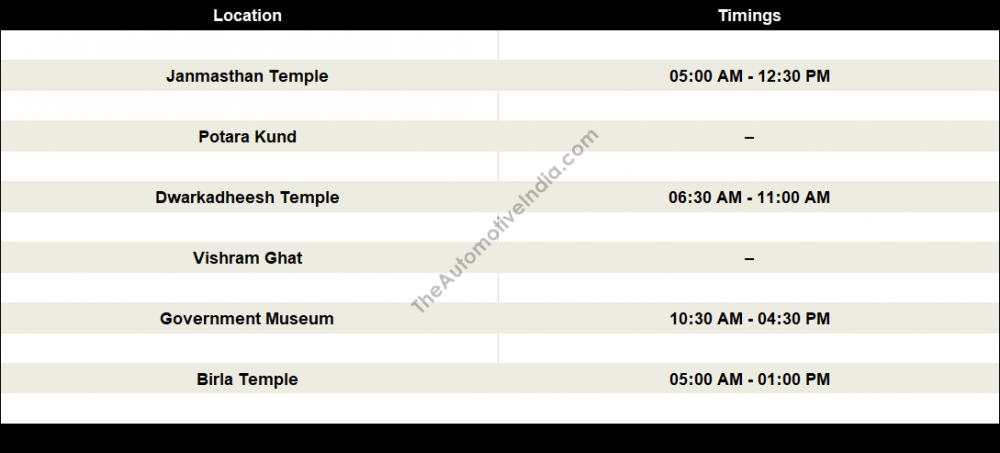
Vrindavan: Tourist Attractions

Prem Temple
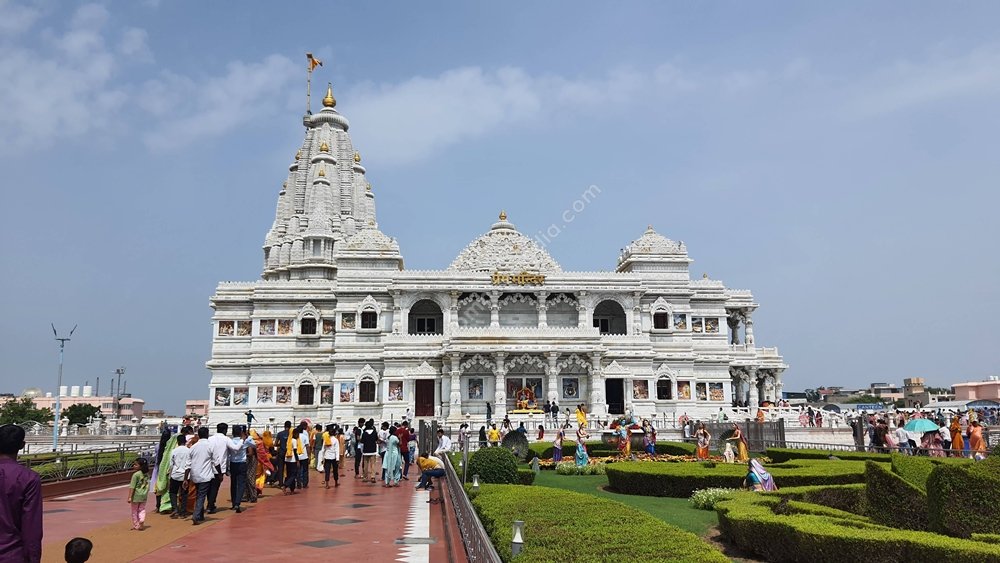

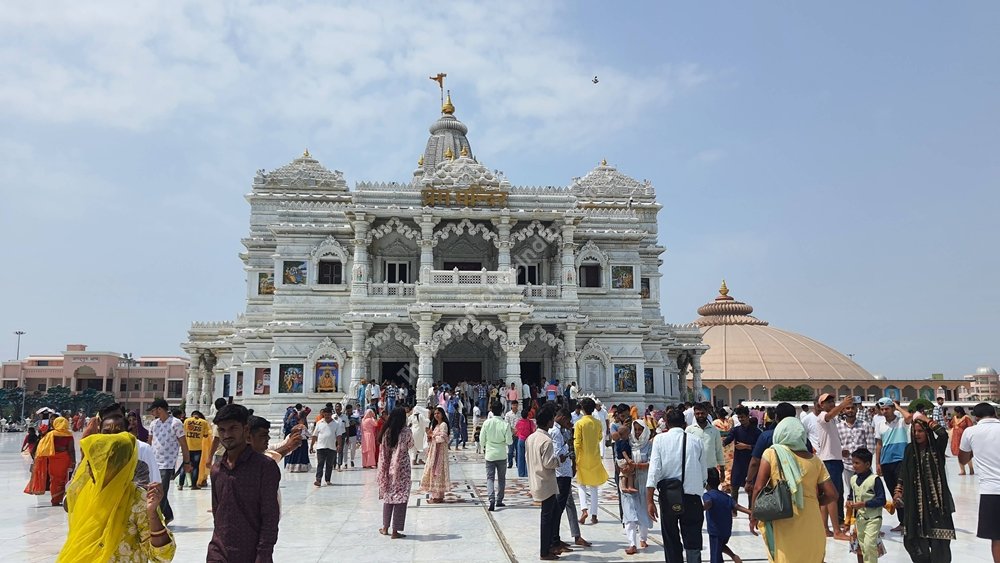

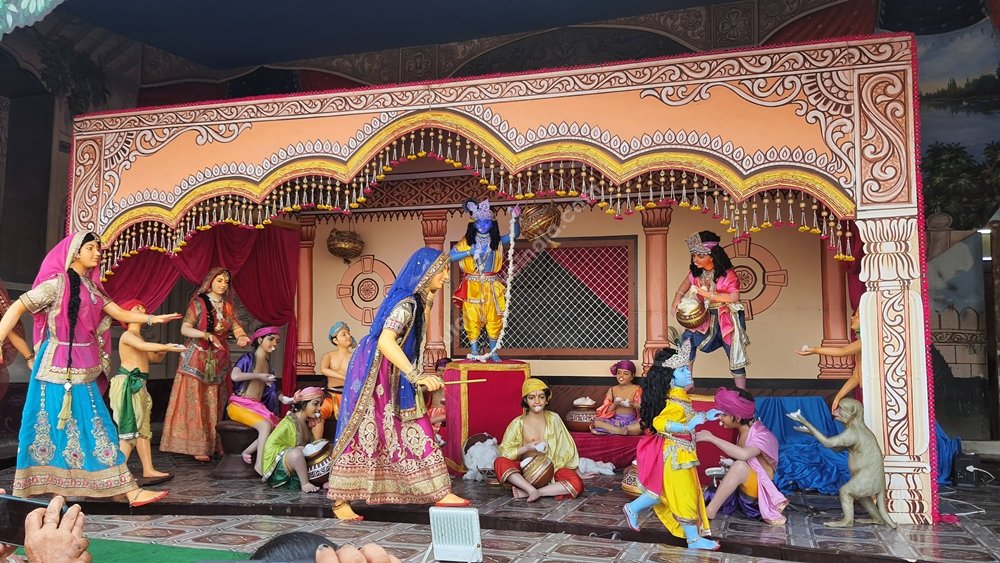
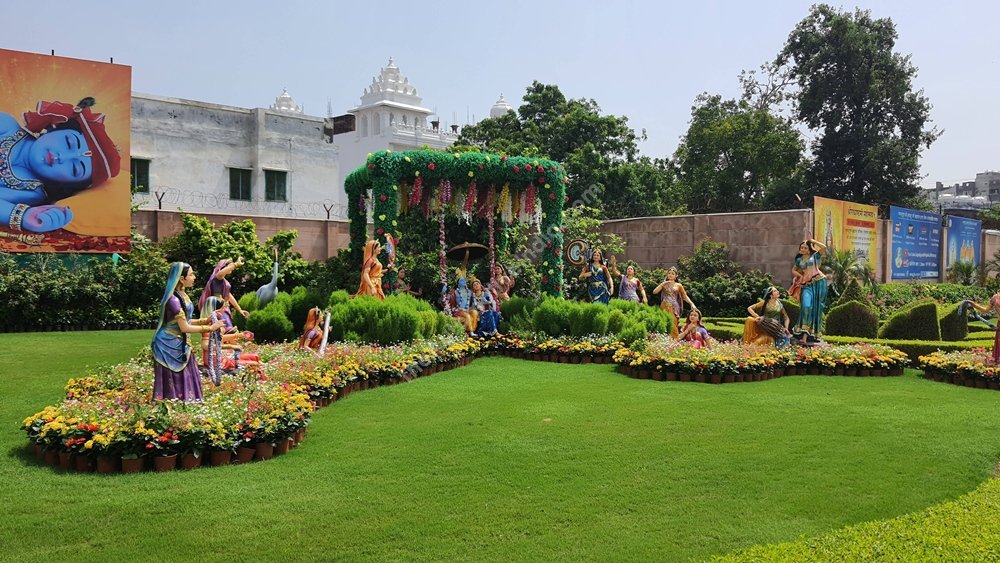
Pagal Baba Temple

Maa Vaishno Devi Dham
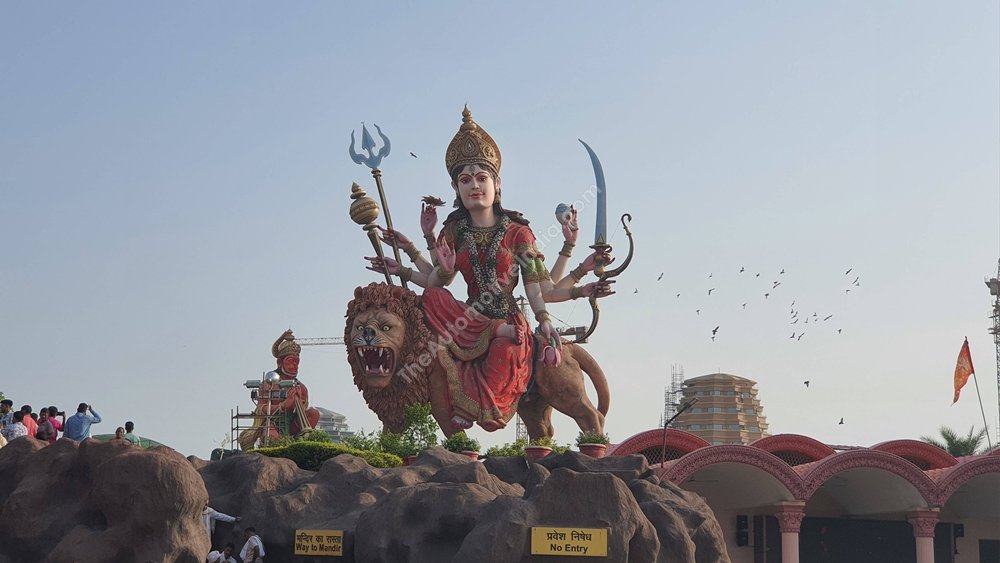
Radha Madan Mohan Temple
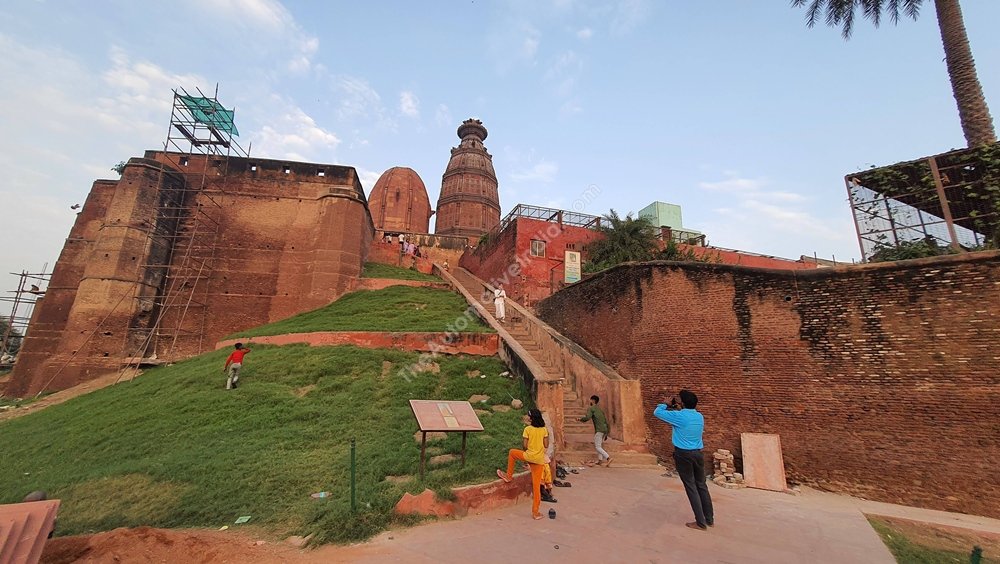

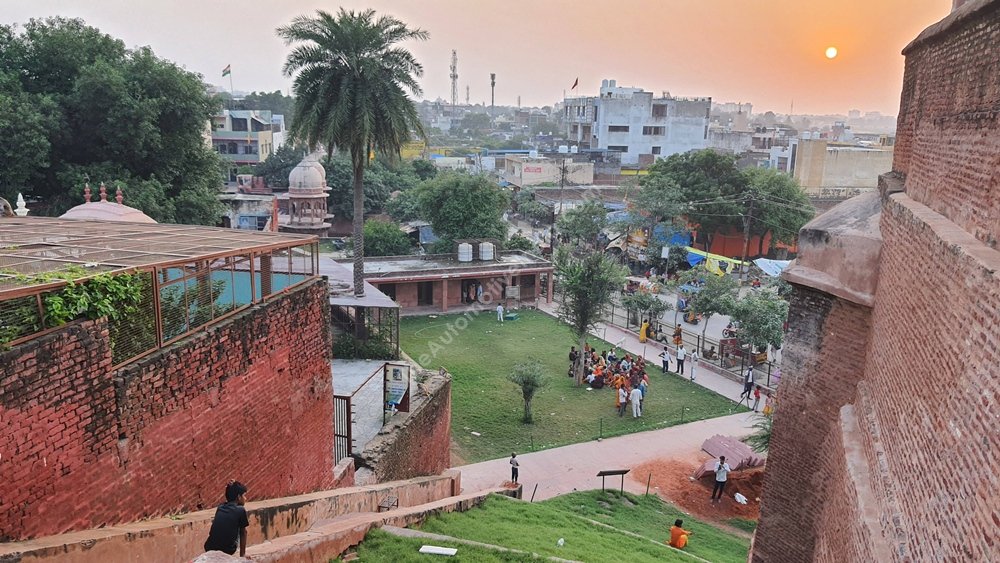
Potara Kund
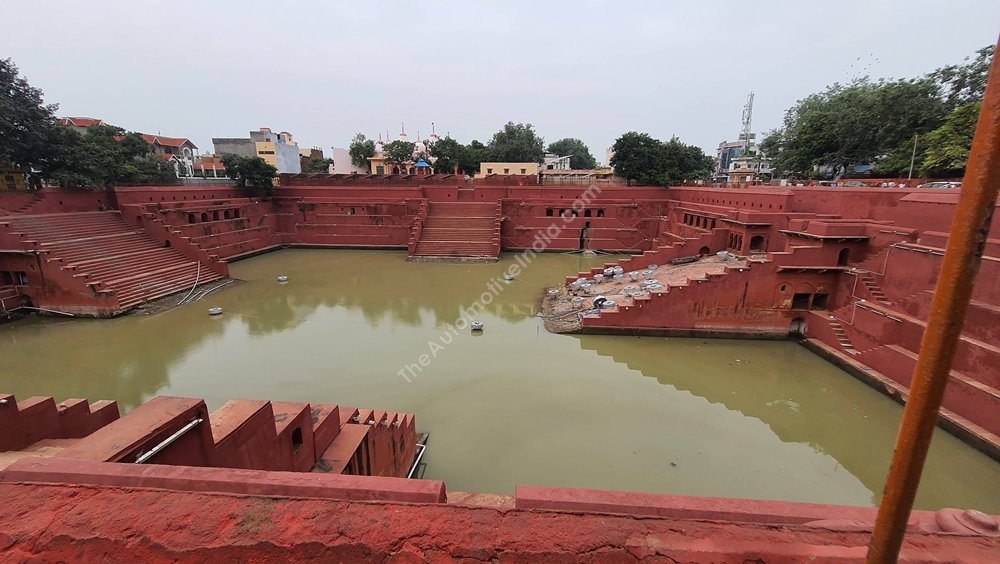
Government Museum
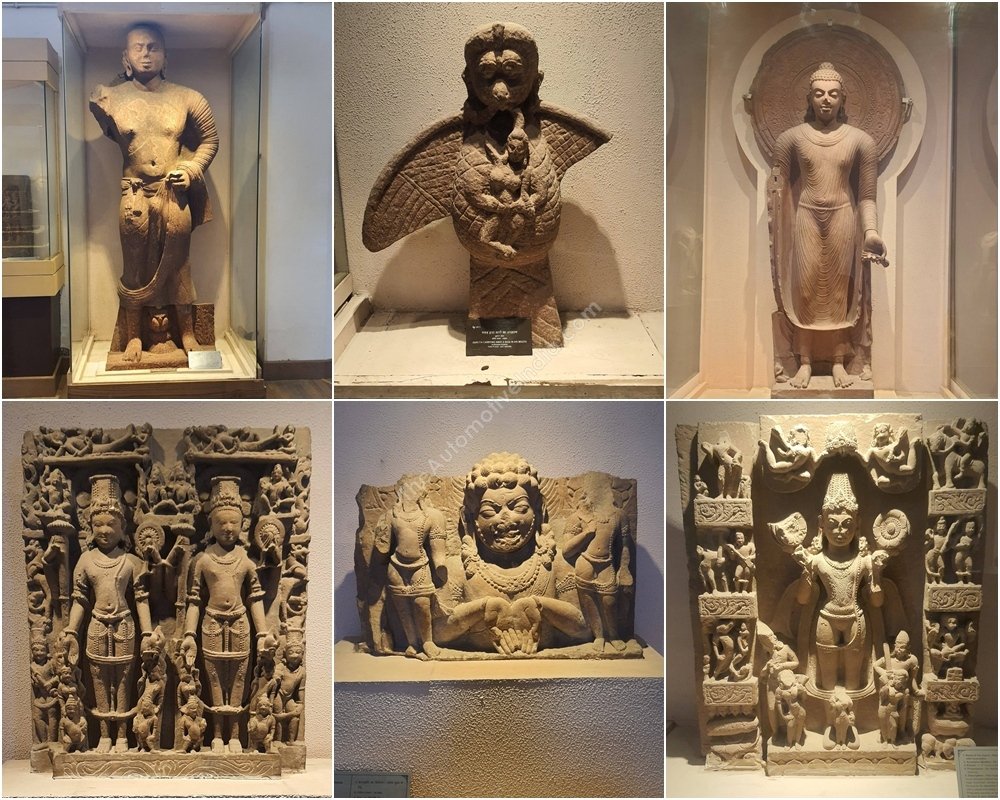
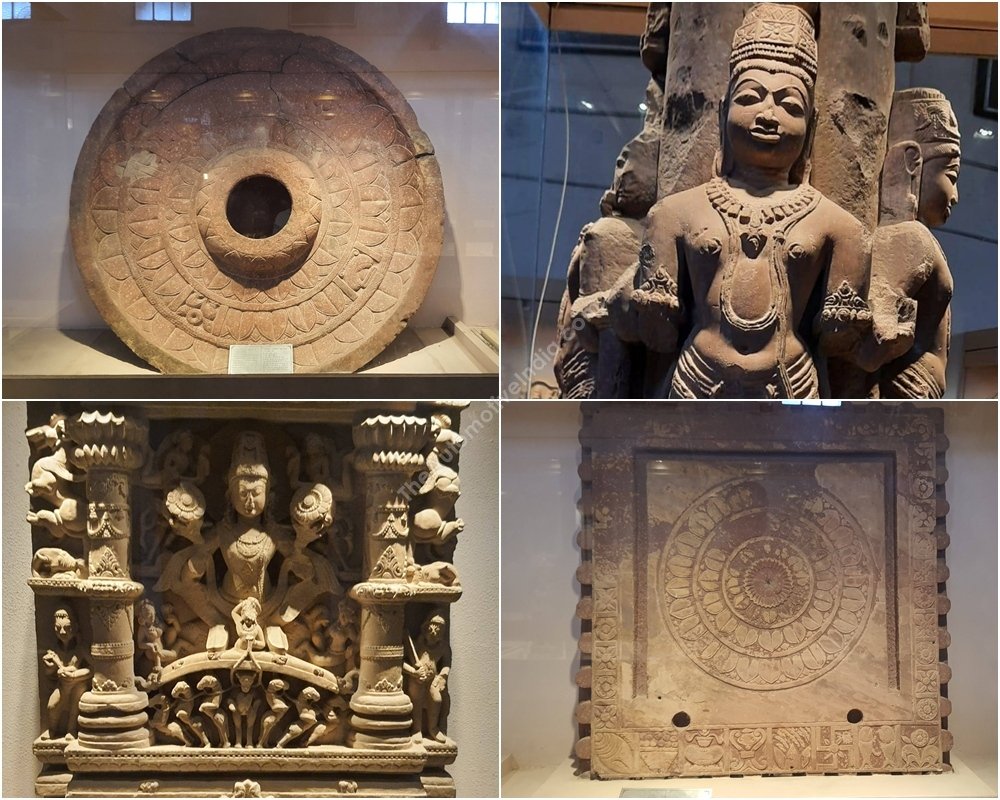
Mathura: Tourist Attractions

Vrindavan: Tourist Attractions

Prem Temple






Pagal Baba Temple

Maa Vaishno Devi Dham

Radha Madan Mohan Temple



Potara Kund

Government Museum


Drive Safe,
350Z


